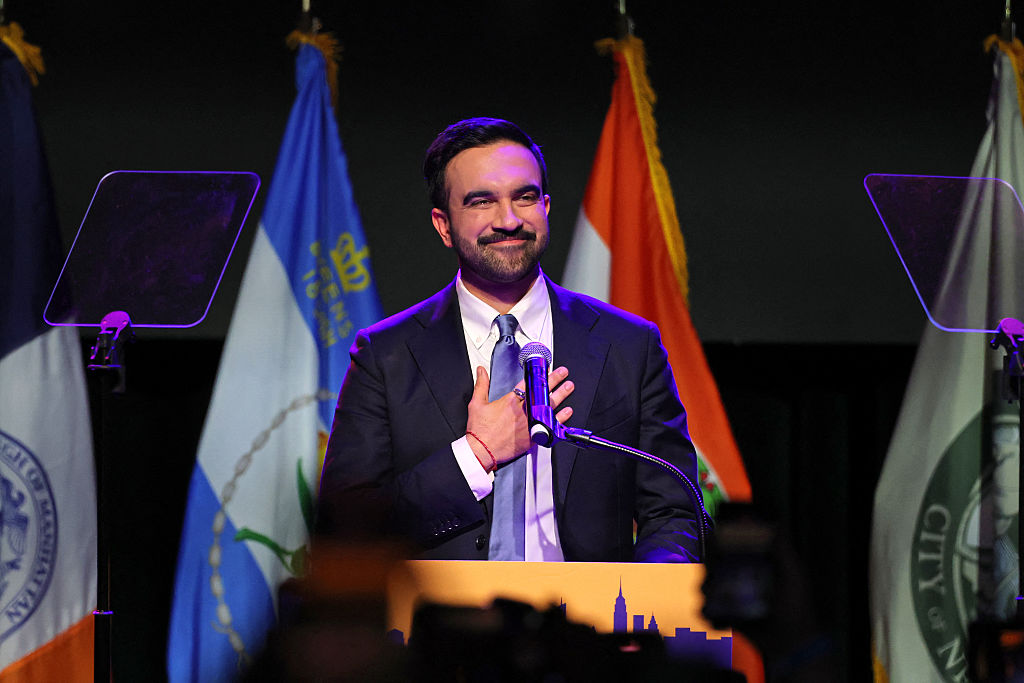In a decisive and historic victory, Zohran Mamdani, a Social Democrat, has been elected mayor of the largest city in the United States. Running on a populist platform focused on reducing the cost of housing, transportation, and childcare, Mamdani appealed to working-class New Yorkers who have felt left behind by rising living expenses and stagnant wages.
But perhaps his most pressing challenge will be reducing the cost of health care—particularly in a city where 12% of residents remain uninsured and many more struggle to navigate a fragmented and costly system.
Mamdani’s campaign platform outlined an ambitious plan to expand access to health care and strengthen New York City’s public health infrastructure. At the core of his agenda is the creation of a new outreach worker corps that will help residents navigate the web of insurance programs and benefits. These workers will serve as guides, “helping New Yorkers find affordable insurance, apply for assistance programs, access financial aid, and claim the health benefits they are entitled to,” noted the campaign. The outreach corps will also play a key role in connecting residents to reproductive health care services, “ensuring that every New Yorker has access to affordable, high-quality reproductive care regardless of income or immigration status.”
Restoring City Hospitals
Mamdani’s health care commitments also emphasize restoring and expanding the city’s public hospital system, which he has described as “the crown jewel of our public health infrastructure.” Each year, New York City’s Health + Hospitals (H+H) system serves over 1 million unique patients. Despite this vital role, decades of funding shortages have left public hospitals underfunded, understaffed, and overwhelmed. Additionally, according to the New York State Nurses Association, more than 16 community hospitals have shut down in NYC, leaving entire neighborhoods without access to essential medical care. As mayor, Mamdani has promised to work with health care unions, state and city officials, and public health advocates to increase funding for H+H, prevent hospital closures, and ensure that every New Yorker can access quality care close to home.
The outreach corps will connect residents to reproductive health care services, ‘ensuring that every New Yorker has access to affordable, high-quality reproductive care regardless of income or immigration status.’
Preparing for the next pandemic is also a top priority. The COVID-19 pandemic revealed deep vulnerabilities in New York City’s preparedness systems—from shortages of personal protective equipment (PPE) to overwhelmed hospitals and exhausted staff. To safeguard against future emergencies, Mamdani plans to strengthen the city’s public health infrastructure by ensuring adequate surge capacity, protecting health care worker safety through proper PPE supply, and maintaining proactive surveillance programs such as Test and Trace. These efforts are designed not only to respond to contagion crises but to stay ahead of emerging threats, protecting the city’s most vulnerable populations before health emergencies become pandemics.
Finally, Mamdani has drawn a sharp line between his administration and the growing privatization of health care. He has vowed to reject Medicare Advantage plans that often impose higher costs and limit access to care for retirees and municipal workers. Instead, he proposes partnering with city workers, retirees, and their unions to challenge the “fragmented, for-profit health care system” that drives up costs and undermines equity. His approach aims to bring health care under greater public control, leveraging the city’s bargaining power to negotiate better deals, expand access, and lower costs for all.
Potential On the Horizon
Zohran Mamdani’s health care platform reflects his broader vision. By expanding access, strengthening public hospitals, preparing for future health crises, and rejecting privatized models of care, Mamdani is positioning New York as a model for progressive urban governance. If his administration can deliver on these ambitious goals, New York City could once again lead the nation—not just in size or diversity, but in its promise that “health care is treated as a right, not a privilege.” Let it be so.
This article originally appeared on Clinical Advisor

